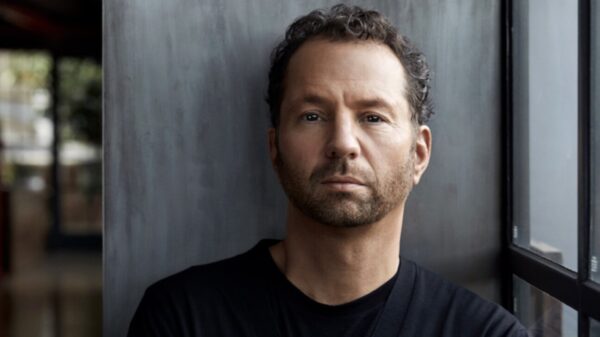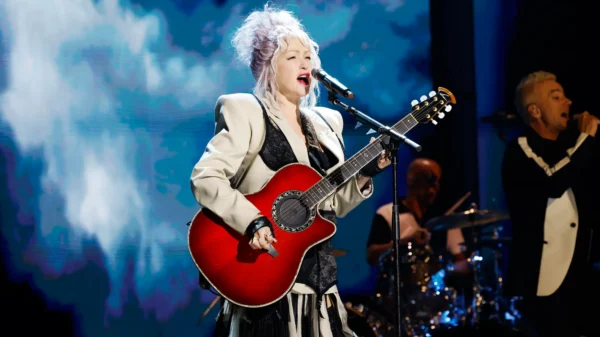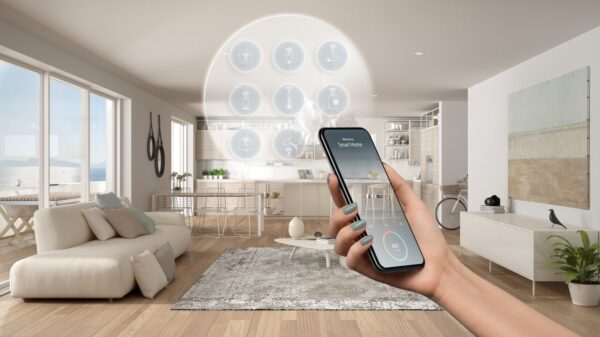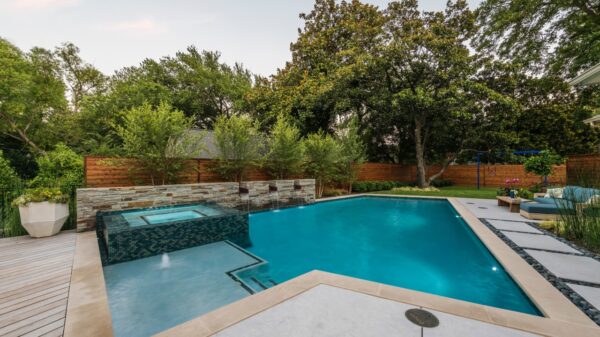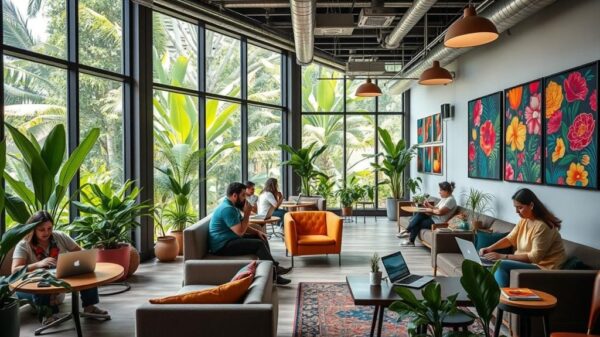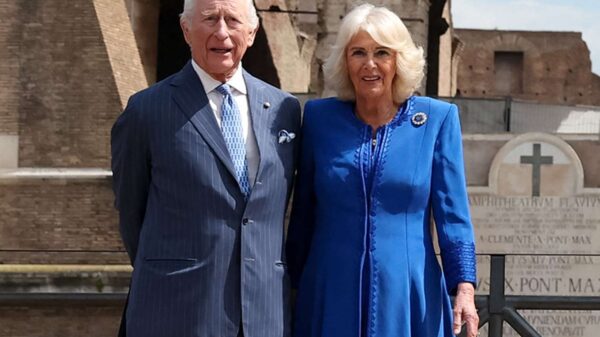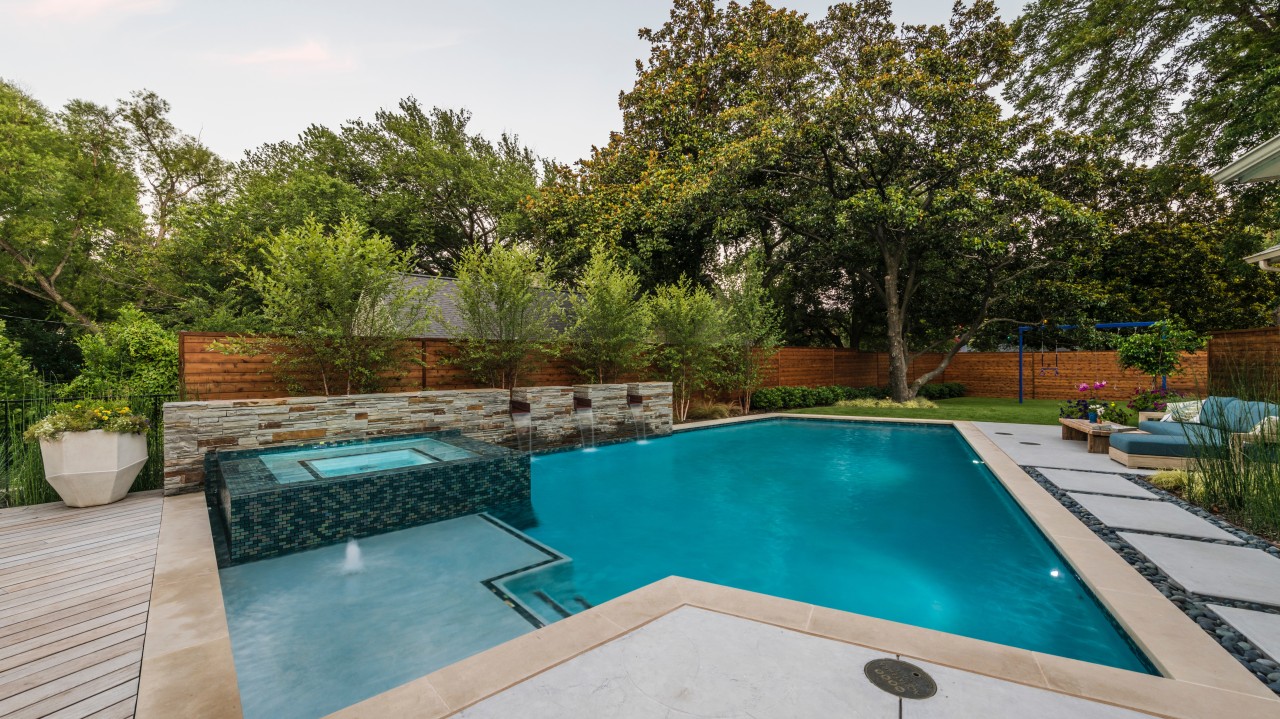Development of Wellness-Oriented Real Estate: Redefining Healthy Living Spaces
As the intersection of health and lifestyle becomes more prominent, the development of wellness-oriented real estate is gaining momentum. In 2025, this segment of the property market is evolving into a major force, driven by consumer demand for environments that support physical, mental, and emotional well-being. Entrepreneurs are at the forefront, designing residential and commercial properties that integrate wellness as a foundational principle.
Understanding Wellness Real Estate
Wellness-oriented real estate refers to properties specifically designed to support holistic health. Unlike traditional developments that prioritize space efficiency and aesthetics, these properties integrate wellness features into every aspect—from architecture to operations. Whether through smart air filtration systems, biophilic design, or on-site wellness services, the objective is clear: to enhance the quality of life of every occupant.
Rising Demand from Health-Conscious Consumers
A growing population of health-conscious consumers is fueling this trend. Post-pandemic awareness has increased interest in cleaner air, natural light, and environments that promote both physical and mental health. Buyers and renters are now actively seeking homes and workplaces that offer health-enhancing features, pushing developers to rethink traditional building models.
Incorporating Fitness and Physical Wellness Amenities
One of the core components of wellness real estate is physical activity. Properties now routinely feature fitness centers, yoga studios, cycling rooms, walking trails, and outdoor gyms. These amenities promote regular exercise, reduce sedentary lifestyles, and contribute to long-term health—making them essential for wellness-conscious occupants.
Mental Wellness through Mindful Design
Beyond physical health, mental well-being plays a critical role in property design. Developers are incorporating quiet zones, meditation gardens, noise reduction strategies, and natural views into residential and commercial buildings. These features help reduce stress and enhance concentration, particularly valuable in today’s always-connected digital age.
Clean Air and Water as Health Essentials
Air and water quality have become top priorities in wellness developments. Entrepreneurs are integrating advanced air filtration systems, natural ventilation, and water purification technologies into building infrastructures. These systems help mitigate the risks of allergens, pollutants, and harmful microorganisms, creating healthier living environments.
Biophilic Design and Connection to Nature
Biophilic design, which integrates natural elements into built environments, has become a signature of wellness-oriented properties. From green roofs and living walls to indoor plants and natural materials, this approach improves cognitive function, reduces stress, and promotes emotional well-being by reconnecting people with nature.
Technology Integration for Personalized Wellness
Smart home technology is enabling residents to monitor and control indoor environmental conditions such as humidity, lighting, and temperature. Developers are also adopting wearable integrations and mobile apps that provide feedback on wellness metrics. This tech-enabled personalization allows individuals to tailor their environment to optimize their health.
Community and Social Wellness in Design
Wellness real estate often emphasizes social interaction and community building. Communal kitchens, shared gardens, and co-working lounges are incorporated to foster a sense of belonging. Entrepreneurs understand that meaningful social connections are vital for emotional health and are designing spaces to encourage them.
Sustainable Building Practices and Materials
Sustainability and wellness go hand in hand. Properties built with eco-friendly materials, energy-efficient systems, and waste-reduction mechanisms contribute not only to environmental health but also to occupant well-being. Many developers now pursue WELL, LEED, or Fitwel certifications to demonstrate their commitment to sustainability.
Appealing to Corporate Tenants and Investors
Commercial real estate is also embracing wellness. Corporations seeking to attract and retain talent are prioritizing office spaces that support well-being, including ergonomic workstations, wellness rooms, and on-site fitness centers. Investors, too, are recognizing that wellness-certified properties command premium rents and high occupancy rates.
Wellness Tourism and Hospitality Integration
Entrepreneurs in the hospitality sector are merging real estate with wellness tourism by creating retreat-style residences, spas, and wellness resorts. These developments combine luxury living with access to holistic health services, appealing to affluent travelers and remote workers seeking long-term stays.
Addressing the Needs of an Aging Population
Wellness real estate is also catering to aging demographics through age-friendly designs, on-site medical services, and senior-focused wellness amenities. These properties support independent living while promoting longevity and health, offering an attractive alternative to traditional retirement communities.
Challenges and Considerations in Wellness Development
Despite its advantages, developing wellness-oriented real estate involves challenges. It often requires higher upfront investments, specialized design expertise, and education to help buyers understand the long-term benefits. However, as awareness grows, these challenges are increasingly being met with innovation and strong consumer interest.
Conclusion: A Lasting Shift in Real Estate Development
The rise of wellness-oriented real estate reflects a transformative shift in how people define a quality living environment. Entrepreneurs embracing this movement are not only creating properties that support health but are also building long-term value. As the demand for well-being in everyday life continues to rise, wellness real estate is poised to become a cornerstone of future urban and residential development.






